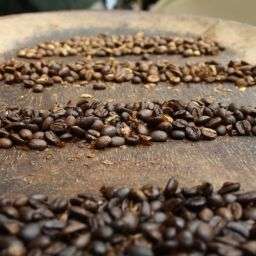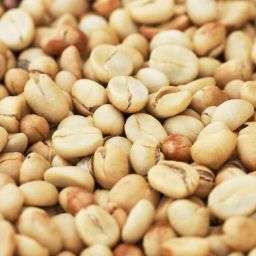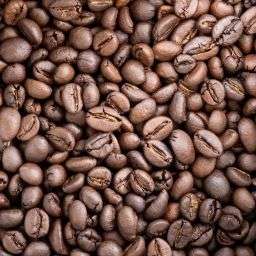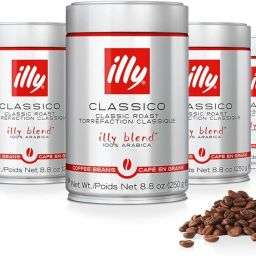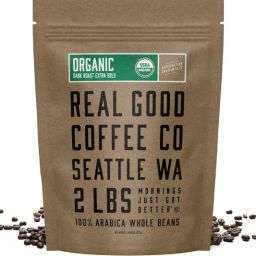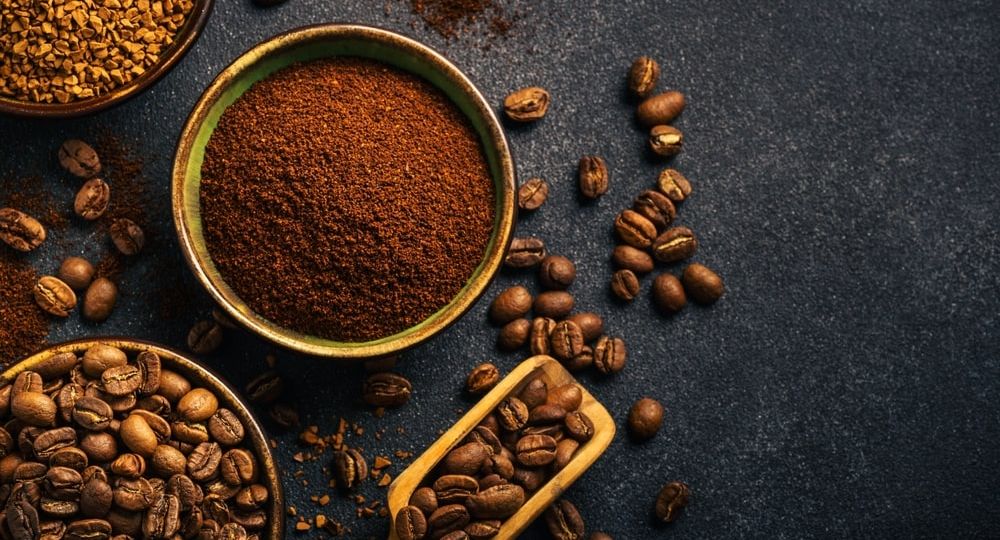
The precise balance between coffee beans and water is pivotal in crafting the perfect cup of coffee. This ratio, more than just a number, influences the strength, flavor, and overall enjoyment of your brew. Whether you’re a seasoned barista or a coffee enthusiast at home, understanding and mastering this ratio can transform your coffee experience.
This article delves into the essentials of coffee ratios, including the golden rule of coffee brewing, the significance of scoop size, and how various factors such as roast level, grind size, and brewing method affect your coffee’s strength and taste.
The Golden Ratio of Coffee Brewing
The Golden Ratio in coffee brewing is a foundational guideline suggesting the optimal amount of coffee to water for brewing a balanced cup. Typically, this ratio falls between 1:15 to 1:18 grams of coffee to water. Adhering to this range ensures that your coffee is neither too strong nor too weak, offering a harmonious balance of flavors. Adjustments within this spectrum can tailor the coffee to personal taste preferences, affecting its body, aroma, and overall profile.
Scoop Size and Its Importance
A standard coffee scoop typically holds about two tablespoons, equivalent to approximately 10 grams of coffee. Understanding this conversion is crucial for accurately measuring coffee when a scale is not available. Using a consistent scoop size ensures that you maintain the correct coffee-to-water ratio, which is essential for achieving the desired strength and flavor in your brew.
Factors Influencing Coffee Strength
The strength and flavor of coffee are not solely determined by the coffee-to-water ratio; other significant factors include the roast level, grind size, and the method of brewing. Darker roasts yield a more intense flavor, while lighter roasts offer a subtler taste, affecting the perception of strength.
The grind size also plays a critical role: a finer grind exposes more surface area to water, extracting more flavor, whereas a coarser grind results in a lighter brew. Additionally, the brewing method, whether it be pour-over, French press, or espresso, can drastically alter the extraction process, further influencing the coffee’s strength and character.
Standard Recommendations
Determining the ideal number of scoops of coffee beans per cup is essential for achieving your preferred coffee strength. Typically, the standard recommendation is to use one to two scoops of coffee per 6 ounces of water, where a scoop is equivalent to two tablespoons or approximately 10 grams of coffee.
This guideline serves as a starting point, which can be adjusted based on the coffee’s roast level, the grind size, and personal taste preferences. For a stronger coffee, you might lean towards two scoops, while for a lighter brew, one scoop may suffice. Understanding these conversions is vital for accurately measuring and achieving consistent results in your coffee brewing.
Pour-over Brewing
Pour-over brewing requires a precise coffee-to-water ratio to extract the coffee’s full flavor profile. A common recommendation is using one scoop (or two tablespoons) of coffee per 8 ounces of water. This method highlights the coffee’s subtle flavors and aromas, making it ideal for those who appreciate a nuanced cup.
Drip Coffee
For drip coffee makers, the rule of thumb is slightly more generous, with one to two scoops of coffee per 6 ounces of water recommended. This ratio is designed to produce a well-balanced brew that suits a wide range of taste preferences.
French Press and Espresso Adjustments
The French press method calls for a more robust coffee-to-water ratio, often requiring two scoops of coffee per 6 ounces of water to achieve a full-bodied flavor. In contrast, espresso brewing demands a much finer grind and a higher coffee-to-water ratio, with approximately 2 tablespoons (one scoop) of coffee for every 1 ounce of water, to create a rich and concentrated shot.
Adjusting Ratios for Taste Preference
The beauty of coffee brewing lies in the ability to tailor each cup to your personal taste. If you prefer a stronger, more robust coffee, you may find that adding an additional half scoop or more provides the intensity you desire. Conversely, if a lighter cup is more to your liking, reducing the amount of coffee while keeping the water constant can yield a milder brew.
Experimentation is key to discovering the perfect balance. Start with the standard recommendations and adjust the ratio incrementally. Keep track of your adjustments and how they influence the taste. Remember, factors such as the coffee’s roast level, the grind size, and even the water quality can affect the final outcome.
Therefore, adjusting the coffee-to-water ratio isn’t the only lever to pull when fine-tuning your brew. It’s also worth considering changing the grind size or experimenting with different coffee beans to achieve the desired strength and flavor profile.
Using Tablespoons and Scales
For those without a coffee scoop, tablespoons can serve as a practical alternative, with one scoop roughly equating to two tablespoons. However, for greater accuracy, a kitchen scale is invaluable, enabling precise measurements in grams. This precision ensures consistency in strength and flavor, particularly vital for methods sensitive to small variations, like espresso. The use of a scale also facilitates adjustments based on the specific density of different coffee roasts and grinds.
Visual Estimations and Tips
In absence of measuring tools, visual estimations can guide coffee preparation. Familiarize yourself with how a correctly measured tablespoon of coffee looks in your coffee maker’s filter or press. For consistency, always level the coffee in the measuring spoon or use the same cup for scooping.
Remember, while visual cues can be helpful, investing in a scale or measuring spoon for accuracy is advisable for those seeking a consistently delightful coffee experience.
Maximizing Flavor Through Ratios
Achieving the ultimate coffee flavor transcends mere ratios, encompassing the freshness of beans, the appropriateness of the grind size, and even the quality of water used. Freshly roasted, properly stored beans and a grind size tailored to your brewing method are crucial.
Likewise, using filtered or spring water can markedly improve your coffee’s taste, highlighting the nuanced flavors inherent in high-quality beans.
Troubleshooting Common Coffee Brewing Mistakes
Addressing common brewing mistakes often starts with revisiting the coffee-to-water ratio. Bitterness can indicate over-extraction, remedied by coarsening the grind or reducing the brewing time.
Conversely, weak coffee might suggest under-extraction, adjustable by increasing the coffee amount or finessing the grind. Consistent measurement is the cornerstone of repeatable success, ensuring every cup is as satisfying as the last.
FAQs
How does the type of coffee bean affect the ratio?
Different coffee beans have varying densities and flavor profiles, impacting the required coffee-to-water ratio. Darker roasts may need less coffee for a strong flavor, while lighter roasts might require more coffee to achieve the same strength.
Can the same ratio be used for different brewing methods?
Different brewing methods extract coffee flavors uniquely, necessitating adjustments to the coffee-to-water ratio. Experimentation is key to finding the ideal ratio for each method, ensuring the best possible cup regardless of the technique used.
How to adjust coffee strength without changing the amount of coffee?
Adjust coffee strength by modifying the grind size; a finer grind increases extraction, leading to a stronger taste, while a coarser grind yields a milder flavor. Water temperature and brewing time can also influence coffee strength.
Conclusion
In exploring how many scoops of beans per cup of coffee, the journey to the perfect brew is deeply personal and subjective. This guide has illuminated the foundational principles and adjustments necessary for crafting your ideal cup. Remember, the essence of coffee brewing lies in experimentation and personalization. Embrace the process of refining your coffee-to-water ratio to enhance your daily coffee ritual.



